Talk Overview
Most plastic is derived from crude oil. Synthesis of plastics and their accumulation in oceans and landfills lead to bad environmental consequences. One solution to this problem is to create biodegradable plastics from biomass using bacteria. These bacteria can be engineered into plastic producers using synthetic biology tools. The Synthetic Biology in Action course participants tried this approach, and, in this video, they explain the experiments that led to the production of a biodegradable plastic.
About the Speaker
Luis Carreira, PhD student at the Max Planck Institute for Terrestrial Microbiology
Nico Claassens, PhD student at Wageningen University
Valeriy Paramonov, PhD student at the Turku Centre for Biotechnology
Cordelia Rampley, PhD, Postdoctoral Researcher at the University of Oxford
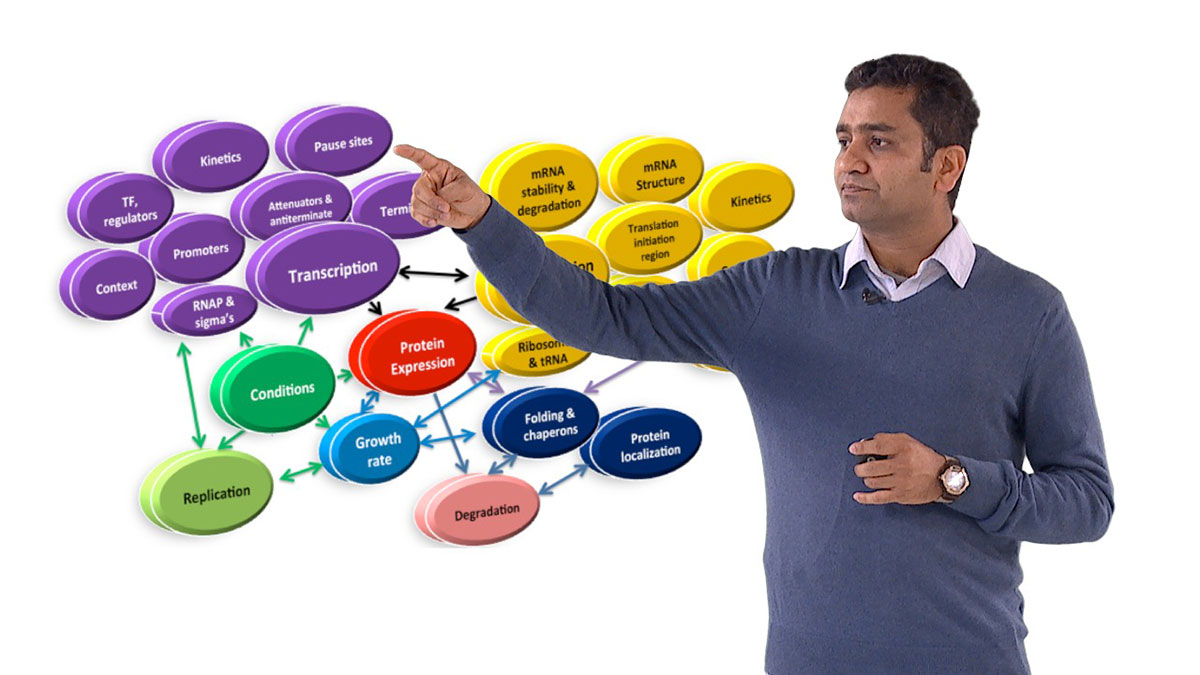
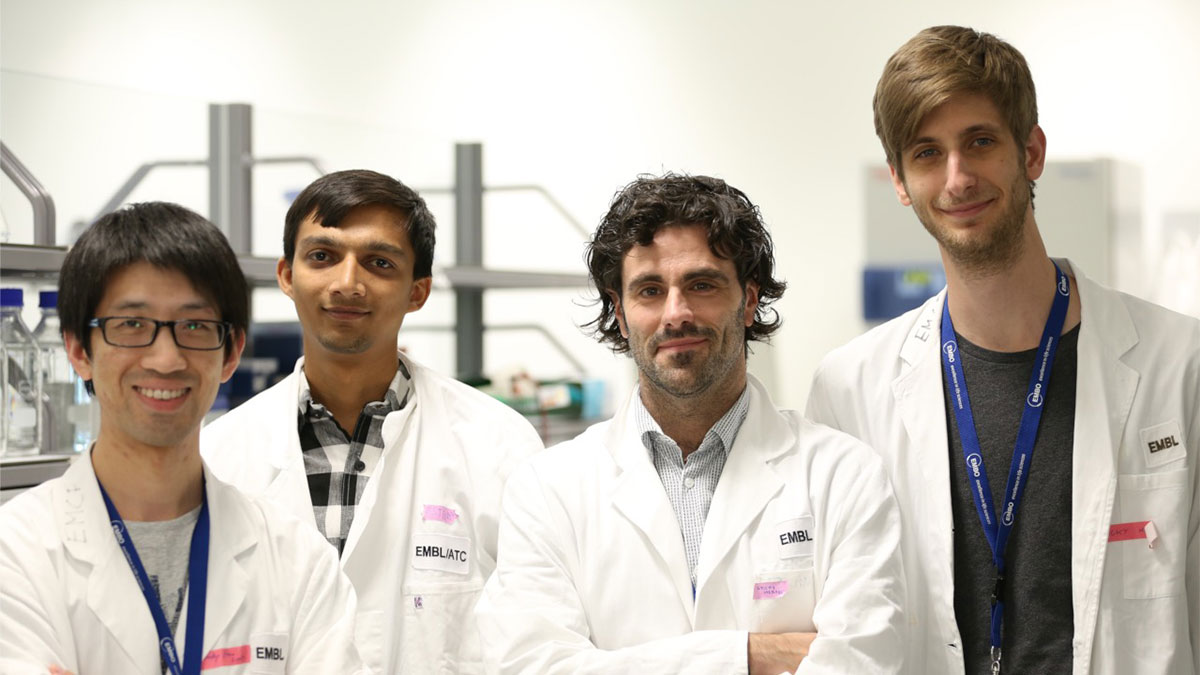
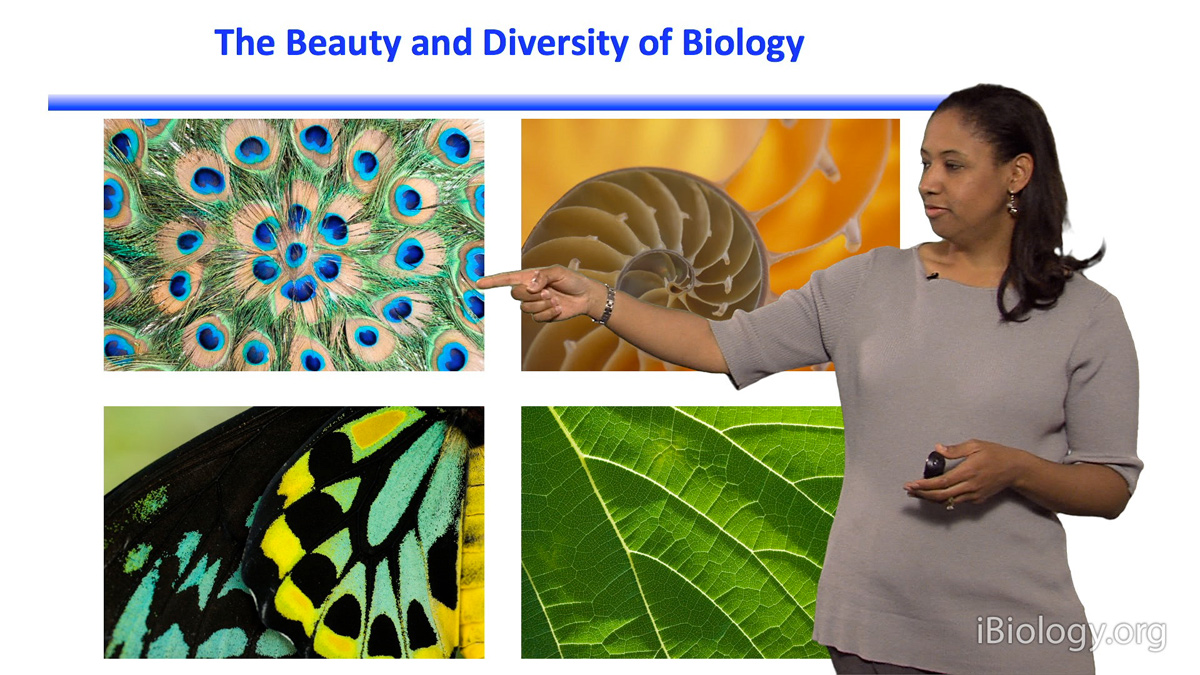
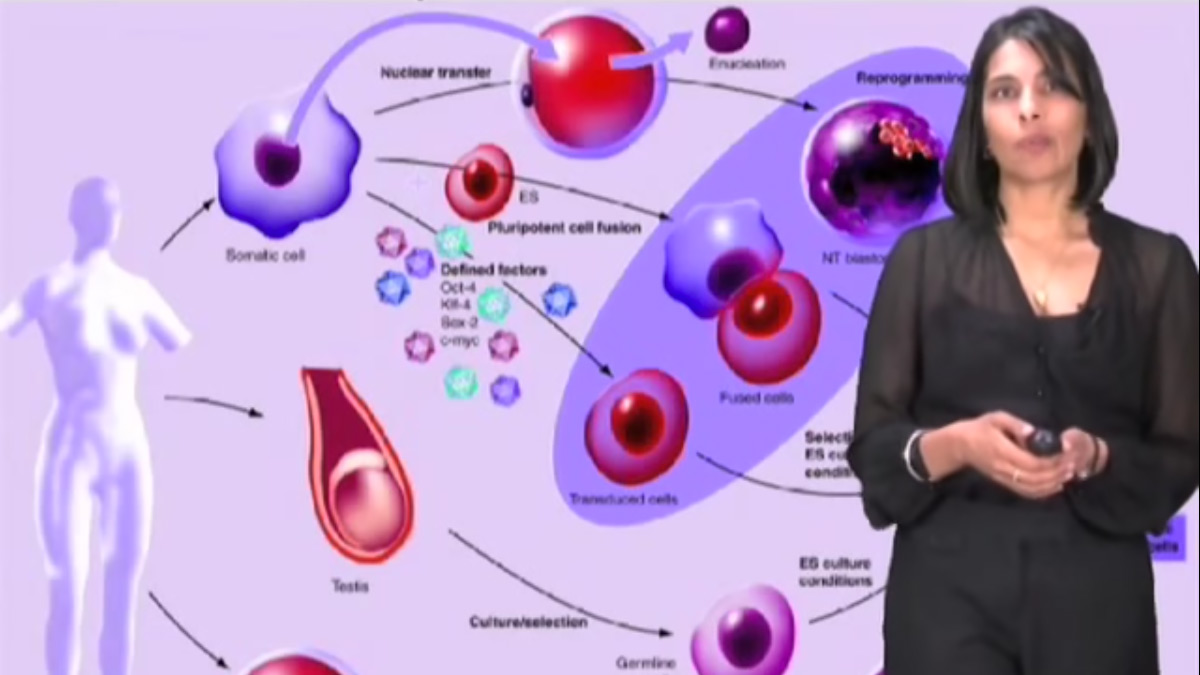
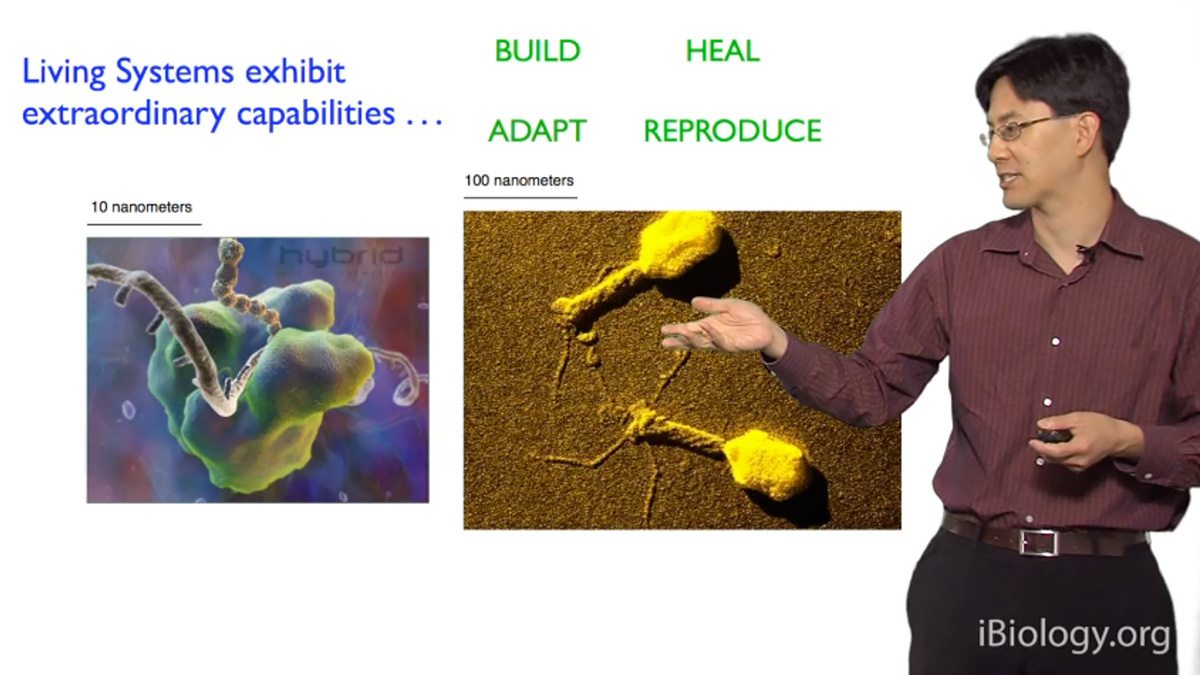






Leave a Reply